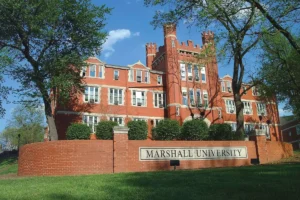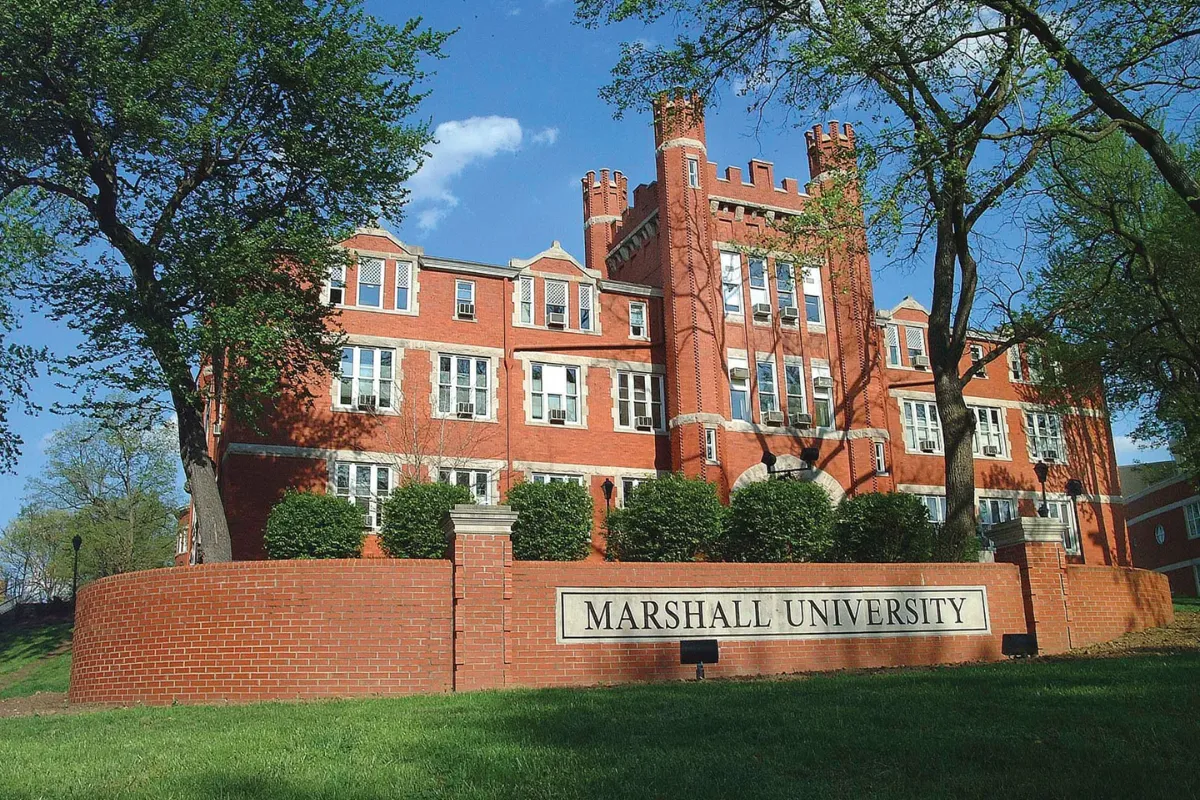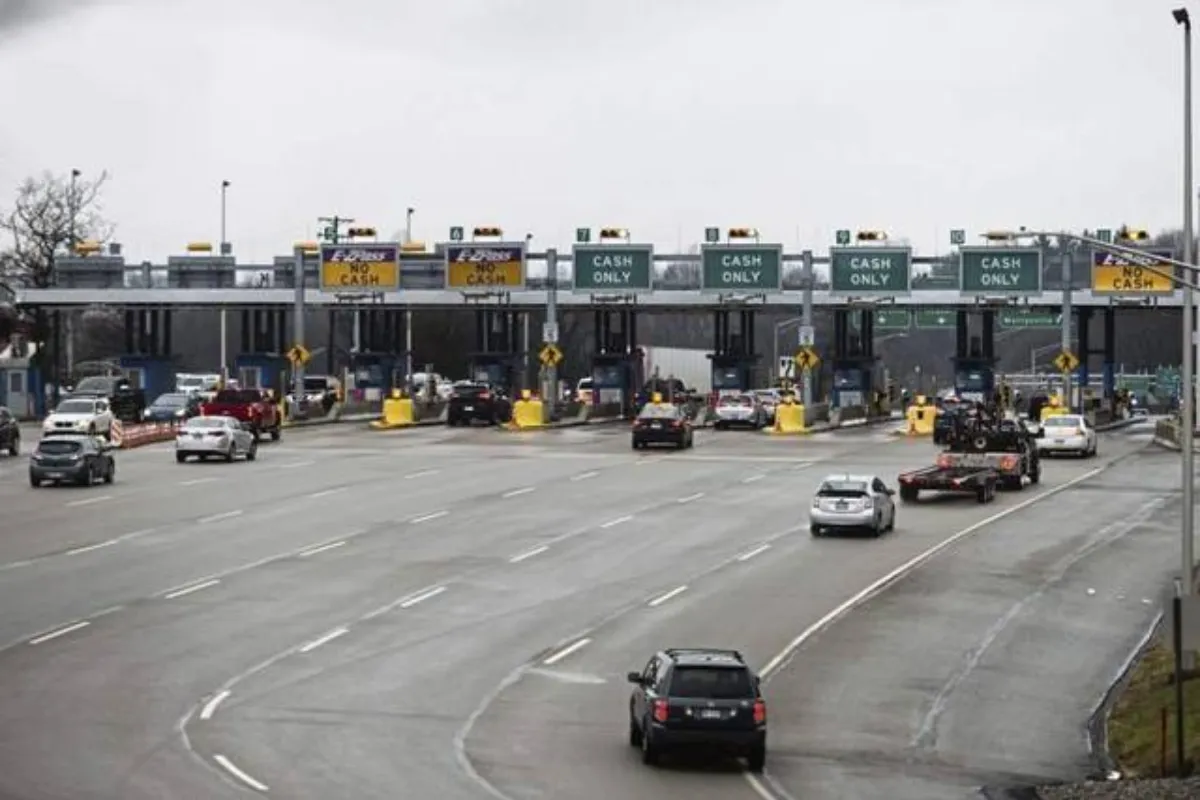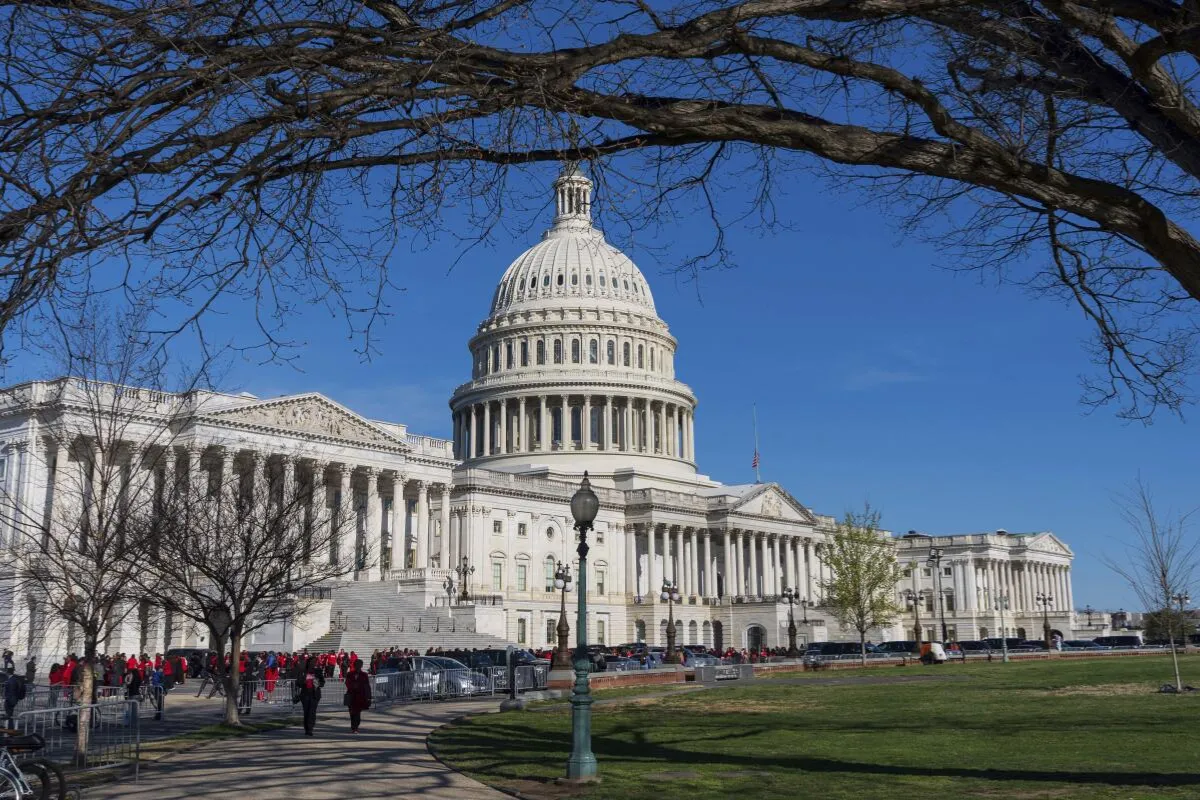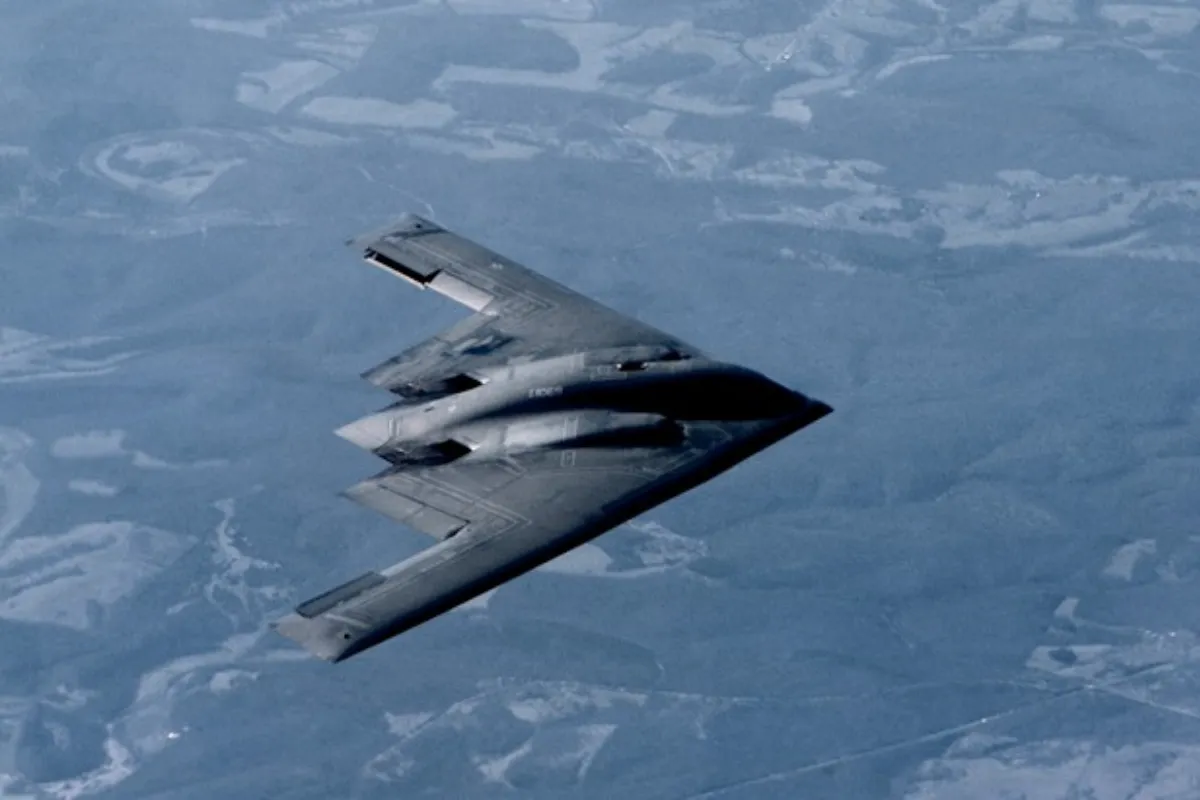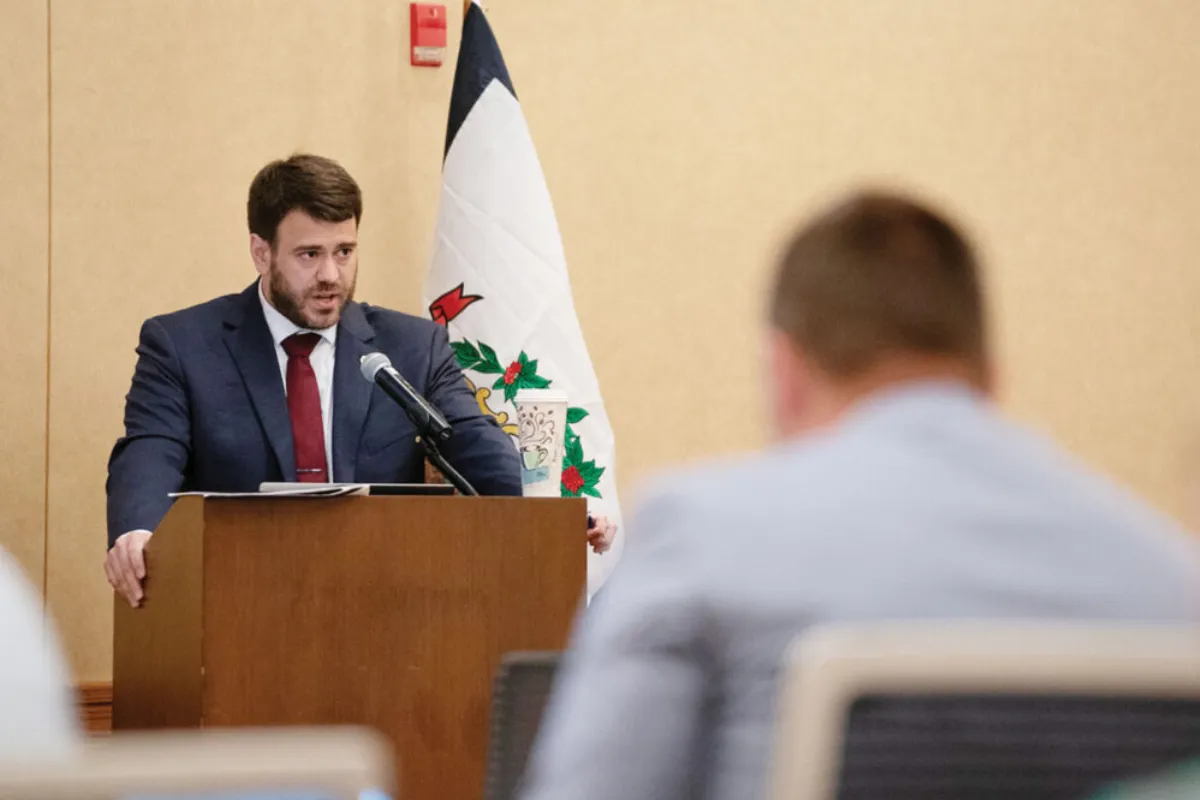When Charles Lindbergh flew solo across the Atlantic from New York to Paris in 1927, he didn’t just make history—he changed it. His 33½-hour journey in the Spirit of St. Louis was the first nonstop flight from the U.S. to Europe, a feat that stunned the world and launched modern aviation.
The headlines said it all. On May 21, 1927, newspapers like The Marietta Times and The Parkersburg News reported the moment in bold type:
“LINDBERGH IS SIGHTED OVER IRELAND – Ocean spanned by flying fool heads for Paris” and “LINDBERGH COMPLETES PARIS FLIGHT.”
That day, aviation leapt from daring stunts to real possibility.
The Flight That Captivated the World
Lindbergh had been in the air for over 33 hours, with no co-pilot and no stops. As he neared Paris, night fell. In his own words, “The sun went down shortly after passing Cherbourg… I first saw the lights of Paris a little before 10 p.m., or 5 p.m. New York time, and a few minutes later I was circling the Eiffel Tower at an altitude of about four thousand feet.”
At 10:21 p.m. Paris time, Lindbergh landed at Le Bourget airfield, where a crowd of thousands had gathered to greet the young aviator. As The News described it, “The sandy haired son of the middle west dropped down out of the darkness… the first man in history to go from New York to Paris without changing seats.”
A Hero’s Welcome
Lindbergh returned to the U.S. as a national hero. President Calvin Coolidge presented him with the Distinguished Flying Cross. After brief celebrations and writing his bestselling book We, Lindbergh embarked on a three-month nationwide tour funded by the Daniel Guggenheim Fund.
He and the Spirit of St. Louis visited all 48 states, flying into 92 cities, delivering 147 speeches, and riding 1,290 miles in parades.
His Visit to Our Region
Lindbergh arrived in Cleveland on August 1, 1927. Over the next few days, he flew over cities including Akron, Canton, and Pittsburgh. On August 4, he followed the Ohio River and passed over East Liverpool and Steubenville before reaching Wheeling, West Virginia.
Since Wheeling didn’t yet have an airport, he landed in nearby Moundsville and was driven to town, where a crowd of 100,000 people awaited. Some had traveled from as far as Cambridge, Washington, Pa., and Grafton, W.Va., just to see him.
At the West Virginia Fairgrounds on Wheeling Island, Lindbergh gave a short speech: “I thank you.” That night, he was honored at a formal dinner. By morning, he was back in Moundsville, flying to Dayton with a stop in Columbus along the way.
Changing Aviation Forever
Lindbergh’s cross-country tour put aviation in front of millions. His fame brought legitimacy and excitement to the still-young industry.
But with fame came tragedy. In 1932, Lindbergh’s young son, Charles Jr., was kidnapped and murdered in a case that shocked the nation. The intense media attention led the Lindbergh family to move to Europe. They didn’t return to the U.S. until 1939.
Lindbergh’s outspoken isolationist views later put him at odds with President Franklin Roosevelt during World War II. In later years, he shifted focus to conservation and lived quietly in a small village on Maui, Hawaii. He died there in 1974.
Today, the Spirit of St. Louis hangs in the Smithsonian’s National Air and Space Museum in Washington, D.C.—a lasting symbol of one flight that changed the world and the man who made it.


